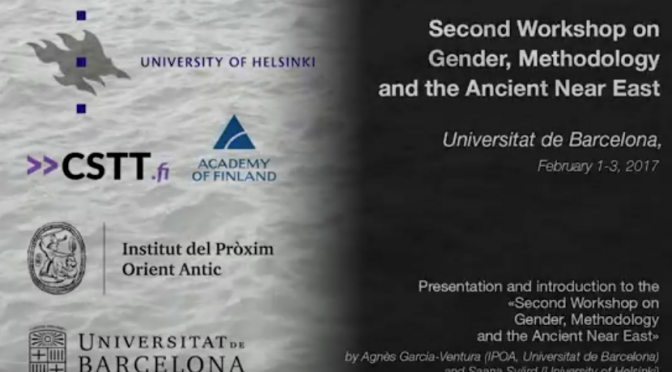Jessica M. Keady (2017) Vulnerability and Valour: A Gendered Analysis of Everyday Life in the Dead Sea Scrolls Communities. Library of Second Temple Studies 91. London/New York: Bloomsbury T&T Clark.
 Jessica M. Keady uses insights from social science and gender theory to shed light on the Dead Sea Scrolls and the Qumran communities. Through her analysis, Keady shows that it was not only women who could be viewed as an impure problem, but also that men shared these characteristics as well.
Jessica M. Keady uses insights from social science and gender theory to shed light on the Dead Sea Scrolls and the Qumran communities. Through her analysis, Keady shows that it was not only women who could be viewed as an impure problem, but also that men shared these characteristics as well.
The first framework adopted by Keady is masculinity studies, specifically Raewyn Connell’s hegemonic masculinities, which Keady applies to the Rule of the Community (in its 1QS form) and the War Scroll (in its 1QM form), to demonstrate the vulnerable and uncontrollable aspects of ordinary male impurities. Secondly, the embodied and empowered aspects of impure women are revealed through an application of embodiment theories to selected passages from 4QD (4Q266 and 4Q272) and 4QTohorot A (4Q274). Thirdly, sociological insights from Susie Scott’s understanding of the everyday – through the mundane, the routing and the breaking of rules – reveal how impurity disrupts the constructions of daily life. Keady applies Scott’s three conceptual features for understanding the everyday to the Temple Scroll (11QTa) and the Rule of the Congregation (1QSa) to demonstrate the changing dynamics between ordinary impurity males and impure females.
Underling each of these three points is the premise that gender and purity in the Dead Sea Scrolls communities are performative, dynamic and constantly changing.
To order this book please visit Bloomsbury Publishing.

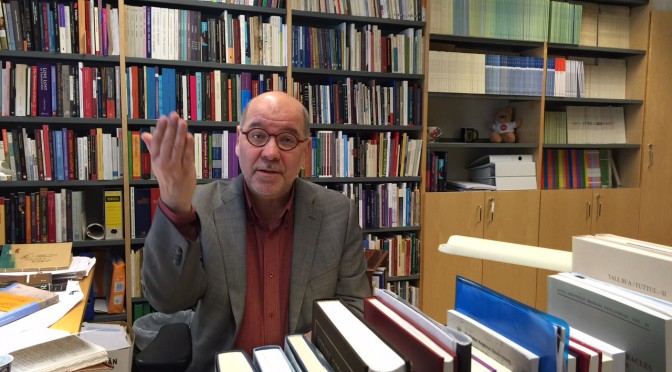

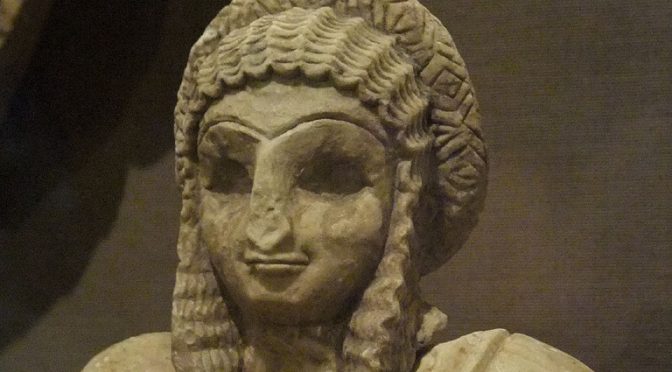

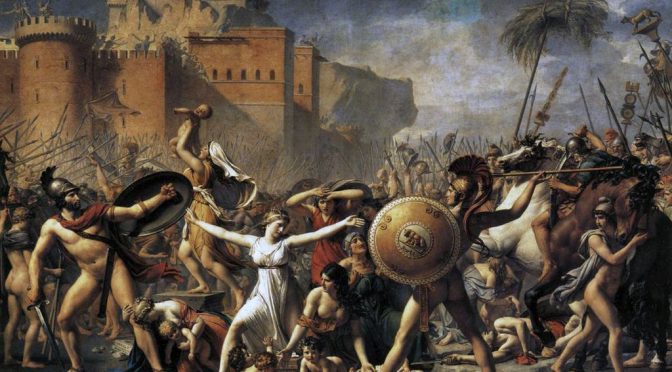

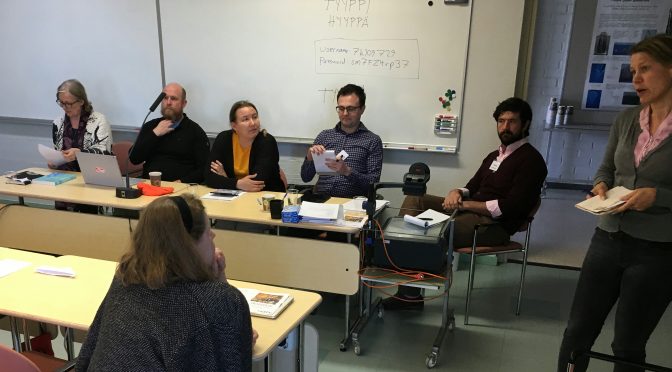
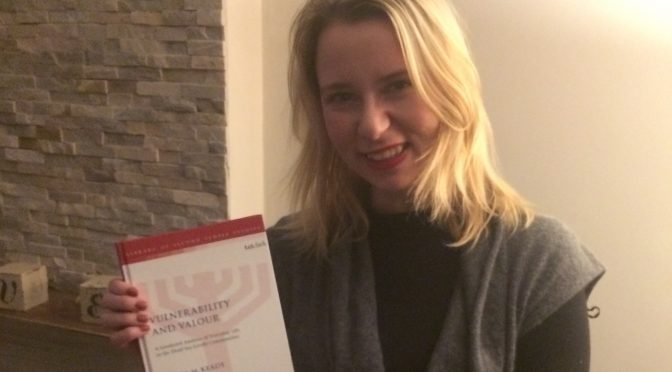
 Jessica M. Keady uses insights from social science and gender theory to shed light on the Dead Sea Scrolls and the Qumran communities. Through her analysis, Keady shows that it was not only women who could be viewed as an impure problem, but also that men shared these characteristics as well.
Jessica M. Keady uses insights from social science and gender theory to shed light on the Dead Sea Scrolls and the Qumran communities. Through her analysis, Keady shows that it was not only women who could be viewed as an impure problem, but also that men shared these characteristics as well.